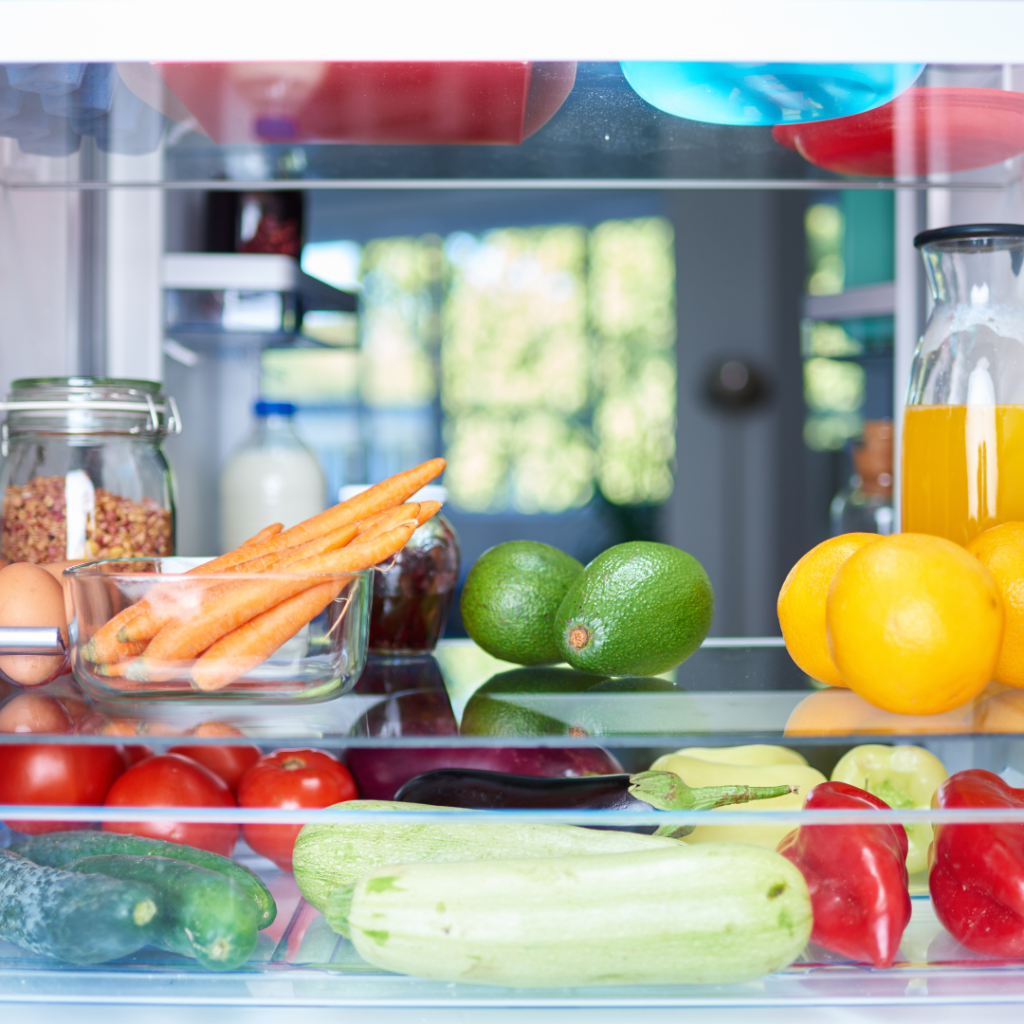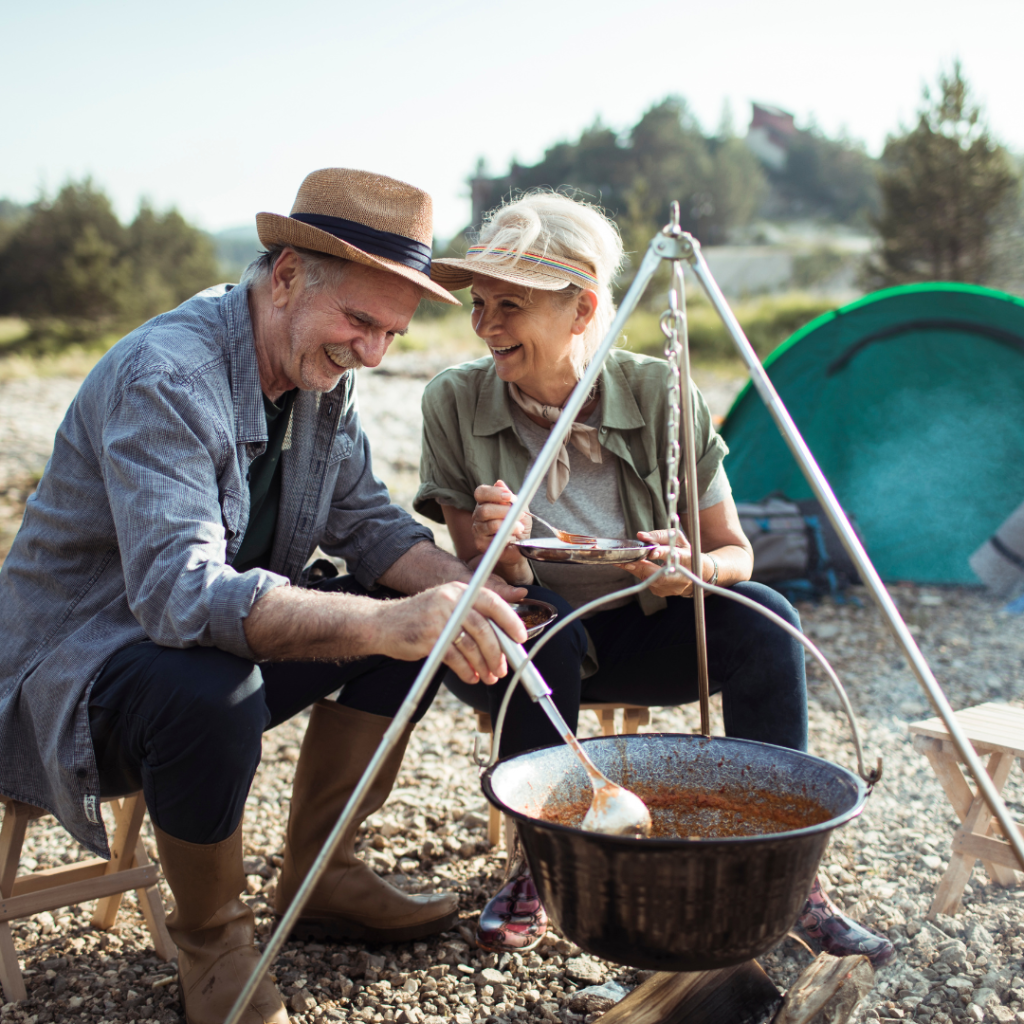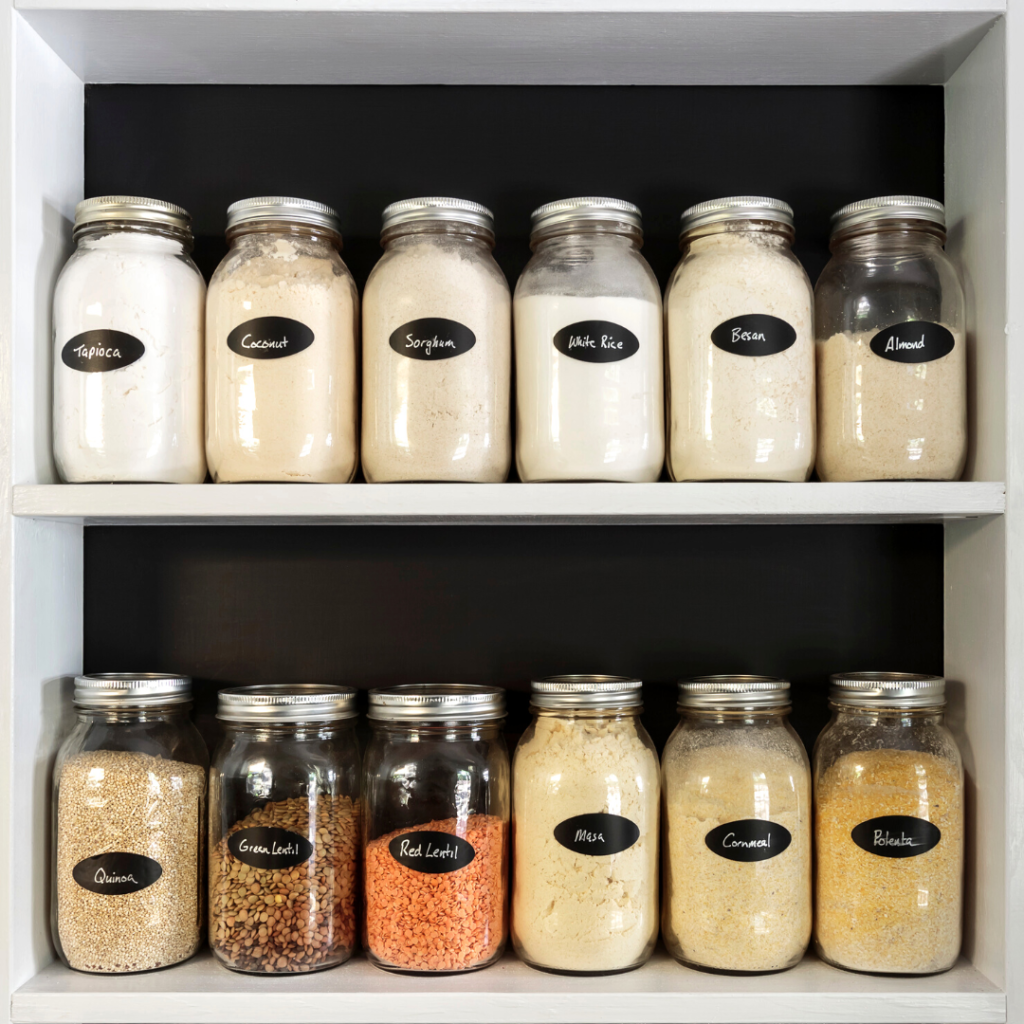
Cooking in a Blackout
Written by Cheri Stirling
Hey friends!
Last week I left you with a lot of questions to think about should there ever be a power grid failure, storm, or something else that causes our power to go down. I know, it was a lot to process, just thinking about how different our lives would be if we didn’t have access to electricity for longer than a few hours.
The first thought comes to my mind is the food. I always want to make sure I have enough and a way to feed my family, like all of us. So this week, we are focusing on how to preserve food, what kinds of food do best, and how to prepare food during a power outage.

How Do I Preserve the Food I Have?
If you are like me, you probably have a decent amount of food sitting in our freezer, and losing that food starts to make you feel a little nauseous. The food in your fridge will last about 4 hours. Food in a full freezer can last up to 48 (A half-full freezer will last about 24 hours). The Department of Food Safety offers a free pdf guide for what can stay, and what needs to be thrown out when.
But what if the power outage outlasts the 24/48 hour mark? In this case we are imagining an outage that is a couple of weeks, so what do we do then. Michigan State University recommends having a thermometer in your fridge and freezer(s). A fridge should not rise above 40 degrees, and a freezer should not be warmer than 0 degrees (Fahrenheit). Then if you have any warning the outage is coming, you can fill the empty spaces with bags of water to freeze, to help extend the time you have. Dry ice is another option, but is dangerous so it needs to be handled with care! If you have mostly meat in the freezer, the food will stay colder longer than things like casseroles or baked goods. Covering the fridge or freezer with heavy blankets, quilts, or crumpled newspapers can help keep the temperature down.
Another option to keep the fridge and freezer going is to connect it to a generator. What size generator do we need? According to Home Depot’s blog, you can calculate how much wattage you need using this formula: Running wattage (R) + Starting wattage (R x 3) = Total wattage needed.

What Kind of Food Do I Need?
Canned and boxed foods are best for this sort of situation, because they can be stored at room temperature. The Church of Jesus Christ of Latter-Day recommends working towards having a three-month of regular foods that we eat on hand. Having things like canned veggies and fruits your family likes, as well as pastas, sauces, and quick dinners like macaroni and cheese (because, kids) allows us to keep our foods pretty close to things we normally eat, which will help us focus on other needs.
Looking for ways to boost your food storage? Click here for some quick tips!

How to Prepare Food in an Outage
Cooking food without power can be more convenient at certain times of the year, because many of us cook outdoors during the summer to enjoy the weather and that summer grilling life! But let’s talk about different ways to cook both indoors and outdoors.
Barbecue
The first way to cook without power is the ever popular barbecue. Having a backup supply of fuel will allow you to keep cooking even in a power shortage.
Gas Stove
If you have a gas stove installed in your home, you are able to use your stovetop by lighting it with a match. This allows you to cook in your home as normal!
Fireplace
Some wood burning stoves or pellet stoves can also be used as a cook stove. You can also rotate skewers rotisserie style in the fireplace if you can have safe access. For additional safety guides and tips, check out this article from Fireplace Town.

Camp Stove & Camping Cookers
Camp stoves, JetBoils and other cooking tools allow you to have portable cooking methods, to help us cook without power.
Dutch Ovens
Dutch ovens are one my favorite ways to cook without power. Bring on all the dutch oven potatoes and chicken, and cobblers. Dutch ovens can be used to bake bread, small batches of canning, a fryer on the grill, as roasting pots, can be used on a barbecue, in embers on a fire, and so many other ways!
Campfire/Embers
This is the oldest cooking methods. You can cook this way with dutch ovens, use aluminum foil to cook “tin foil dinners”. We can also roast with rotisserie systems, or roasting sticks. You can also use cast iron on the embers to cook a variety of meals.
Solar/Reflective Ovens
Solar or reflective ovens use reflective light, and heat food using that energy. These have a wide variety of sizes and prices, and can even be made at home! They are slower, and more weather dependent than other cooking methods.
This is just a few ways to cook if the power were out, there are so many other ways! If you are looking for more options, or possibly looking to construct a possible electricity free oven (such as a reflective or solar oven) check out this article by Primal Survivor.
Resources
- 22 Ways to Cook Without Electricity When the Grid Fails, Primal Survivor, March 2022
- Food Safety During an Outage, Food Safety, January 28, 2021
- Keep Food Safe During an Outage, Michigan State University, February 17, 2014
- Keep Food Sage During a Power Outage, North Dakota State University

Love What You're Reading?
Be sure to check out our weekly podcast episodes!
Add Your Heading Text Here

Shatter Your Triangles
Sometimes we think we have an understanding of the Gospel, but when we take another look at what the scriptures, our paradigms can completely shift! Our Shattering Triangles team aims to help you deepen your testimony and doctrinal understanding to some of the more prominent questions found among members.

Up Your Preparedness Game
Our Honey + Lilies Blog is dedicated to helping you prepare for the days ahead. Want to get started? Click here.
